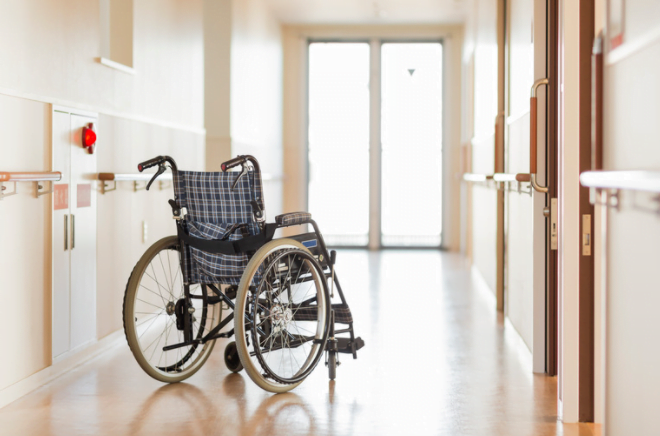
Prior to the COVID pandemic, nursing homes were struggling to attract and retain workers, largely due to how physically demanding administering care can be, and the fact wages are relatively low. These shortages were intensified as Long-Term Care institutions became COVID hotspots in 2020. Even though deaths among nursing home residents have now plummeted with vaccine availability and access, these institutions are still facing extreme staffing shortages. Nursing home workers are now grappling with infection rates comparable to those in the summer of 2020; in early January 2022, over 50,000 cases were reported among staff in a single week (NPR).
On January 13, 2022, the Supreme Court upheld a federal vaccine mandate for all Medicaid and Medicare-funded institutions, including nursing homes. With this mandate, most states must have all staff fully vaccinated by February 28th or risk losing federal funding. Attorney Generals in ten states (Alaska, Arkansas, Iowa, Kansas, Missouri, Nebraska, New Hampshire, North Dakota, South Dakota and Wyoming), are challenging this mandate. These states have an extended deadline of March 15, 2022, to ensure all healthcare workers are fully vaccinated.
While a vaccine mandate is an important step in ensuring the safety of both residents and staff of U.S. nursing homes, it is likely to pose an additional threat to an already dwindling staff. Currently, about 85% of nursing home staff are fully vaccinated, and less than 3% are partially vaccinated (CDC). With the vaccination deadline fast approaching at the end of this month, shortages will persist and likely increase as those who remain unvaccinated will no longer be permitted to work in these institutions.
This shortage of workers is disrupting the level of attention and care residents are seeing, as well as resident safety. An analysis by the New England Journal of Medicine found institutions in high-COVID counties had about three times as many COVID deaths among residents as facilities with high vaccination rates. Quality of care is also diminishing as these facilities lack the quantity of employees needed to ensure residents’ needs are met; reports of missed or late meals, unchanged diapers, and other gaps in care are on the rise. These gaps in turn place an additional burden on the families of residents, who are increasingly involved in caring for their loved ones out of concern that critical needs will otherwise not be met.